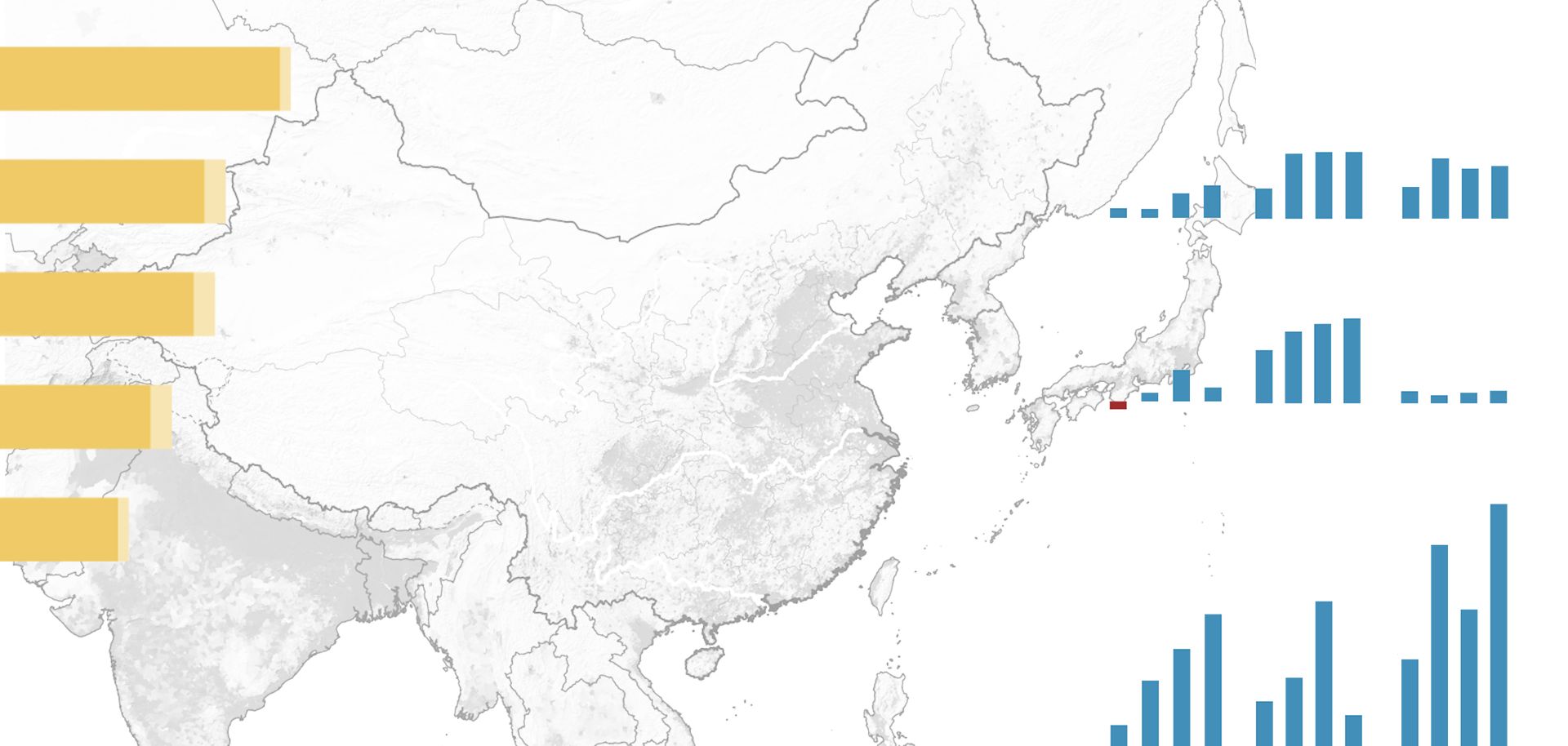
When Brazilians head to the polls for a presidential runoff on Oct. 26, they will choose between two competing visions of how to manage the country's economic and political challenges. Surprisingly, former frontrunner Marina Silva finished in a distant third place in the election's first round Oct. 5, so voters must now choose between re-electing President Dilma Rousseff and her Worker's Party or voting for opposition candidate Aecio Neves and his Social Democracy Party of Brazil. The incumbent candidate represents a continuation of state-centric policies, which have elevated the economic status of millions of Brazilians but have since begun to falter. Her challenger represents an previous era of structural reforms that stabilized the country and set the stage for its recent growth. Regardless of who wins, the next president will need to deal with popular pressure — particularly from a growing middle class — to improve social services, to keep inflation under control and to combat corruption, all without undermining the economic gains of the past decade.
Brazil has undergone three distinct political and economic phases over the past 30 years, each under a different president. The first involved a transition away from military rule to democracy, beginning in 1985. The second phase began in 1994 with the implementation of a set of conservative polices known as the Real Plan, which ended the prolonged hyperinflation plaguing the country. The third, and current, phase began in 2003. During this phase, the country saw the rise of a new middle class and the gradual decline of economic and social inequality. Over the past four years, however, the Brazilian economy has slowed while the cost of living has increased. Meanwhile, public demands for better social services have put pressure on the political system, particularly the widespread protests of June 2013. Each of these phases presented a different challenge for Brazil: In 1985 the focus was on political liberalization, in 1993 on economic stabilization, and since 2003 on reducing unemployment and social and economic inequalities.
Rousseff and Neves represent the continuation of economic debates that have put the candidates' parties at odds since at least 1993, when Fernando Henrique Cardoso — first as finance minister and then as president from 1995 to 2002 — implemented a wave of privatizations to stop hyperinflation, thereby reducing the size of the state apparatus. Though the Cardoso administration helped stabilize the Brazilian economy, its policies were limited by external economic factors and eventually led to high unemployment as many inefficient industries struggled to compete during the liberalization process. At the time, Luiz Inacio Lula da Silva represented the strongest opposition to Cardoso's economic project. Da Silva eventually became president from 2003 and 2010 and was known for his expansion of social programs for the poor. Increases in global soybean and iron ore prices, along with rising Chinese demand for Brazilian commodity exports, allowed da Silva's government to increase public spending without having to continue with painful economic reforms, such as cutting subsidies for inefficient industries. As a result, public spending increased from 15.7 percent of gross domestic product in 2002 to 18.6 percent in 2010.
If Rousseff represents the continuation of a vision that has guided Brazil since da Silva's election in 2003, Neves' agenda is a flashback to the Cardoso era. Whoever wins the presidency will need to somehow balance the high public spending that enlarged the middle class over the past decade with the implementation of austerity reforms aimed at reducing the effects of inflation. Failing to sustain this delicate economic balance will exacerbate the political challenges facing the next president and will likely spark a continuation of the political protests that brought millions to the streets in June 2013.



